
Seamless Integration: Doors & AMP; Windows for Cleanrooms Solutions
- By:hqt
- 2024-01-16
- 29
Cleanrooms serve as highly controlled environments, crucial in industries like pharmaceuticals, electronics, and healthcare due to their stringent requirements for maintaining exceptionally low levels of airborne particles and contaminants. In these specialized settings, the significance of cleanroom doors and windows cannot be overstated. Cleanroom doors, meticulously engineered for precision, establish airtight seals that significantly reduce the risk of contamination from external sources. Similarly, cleanroom windows adhere to strict standards to enable observation while upholding the desired cleanliness levels. E-ZONG, originally known as "SANHE," was founded in Guangzhou, Guangdong province, in 1996. Over the past 26 years, we have continually grown and evolved. We specialize in offering comprehensive solutions for cleanroom doors made from various materials. Our product range caters to all areas within cleanrooms and critical zones in healthcare facilities, encompassing entryways, emergency rooms, hallway isolation rooms, operating theaters, ICU facilities, and more.
Types of Cleanrooms
Classification based on cleanliness levels (ISO 14644)
Cleanrooms are classified based on the number of airborne particles and their size. ISO 14644 is the international standard used for defining cleanroom cleanliness levels. It assigns a class to cleanrooms based on particle counts per cubic meter. The classes range from ISO 1 (the cleanest) to ISO 9 (the least clean), with stricter requirements for lower classes. These classifications help organizations select the appropriate cleanroom standards to meet their needs.
Different industries and applications for cleanrooms
Cleanrooms find applications across a wide range of industries where maintaining a controlled environment is critical. Some key industries include:
lPharmaceuticals For drug manufacturing and research to ensure product purity.
- Electronics: In semiconductor fabrication to prevent contamination.
- Healthcare: In hospitals and laboratories for surgeries, research, and medical device manufacturing.
- Aerospace: For satellite assembly, spacecraft testing, and precision component manufacturing.
- Food and beverage: In food production to prevent contamination and ensure product quality.
- Biotechnology: In genetic research, cell culture, and biopharmaceutical production.
- Automotive: For automotive component manufacturing, particularly for sensitive electronics and airbag production.
Understanding the diverse applications of cleanrooms is essential to tailor cleanroom door and window solutions to meet the specific requirements of each industry and maintain the desired level of cleanliness.
Key Requirements for Cleanroom Doors and Windows
Contamination control
Contamination control is paramount in cleanrooms. Doors and windows must effectively prevent the entry of particles, microbes, and pollutants from the external environment. This involves airtight seals, minimal surface particulate generation, and easy-to-clean surfaces to maintain the required cleanliness levels.
Airflow management
Cleanroom doors and windows must be designed to minimize airflow disruption within the cleanroom. Properly engineered doors and windows facilitate smooth laminar or turbulent airflow patterns, ensuring that contaminants are efficiently removed. Incorrect airflow patterns can lead to localized contamination and compromise the cleanroom's integrity.
Material selection
The choice of materials for cleanroom doors and windows is critical. Non-porous, smooth, and durable materials such as stainless steel, tempered glass, or specialized plastics are commonly used. These materials should be compatible with cleanroom cleaning protocols, resist chemical corrosion, and meet industry-specific standards for cleanliness and safety.
Safety and compliance
Safety and compliance with industry regulations are non-negotiable in cleanrooms. Doors and windows must adhere to relevant safety standards, including fire resistance, electrical safety, and emergency exit requirements. Additionally, they should meet cleanroom-specific standards, ensuring that they do not compromise the cleanroom's controlled environment.
Types of Cleanroom Doors
Swing doors
Swing doors are the most common type of cleanroom doors. They open and close on hinges like traditional doors. They are relatively simple, cost-effective, and suitable for cleanrooms with moderate traffic. Selection factors include the level of cleanliness required, available space, and ease of use.
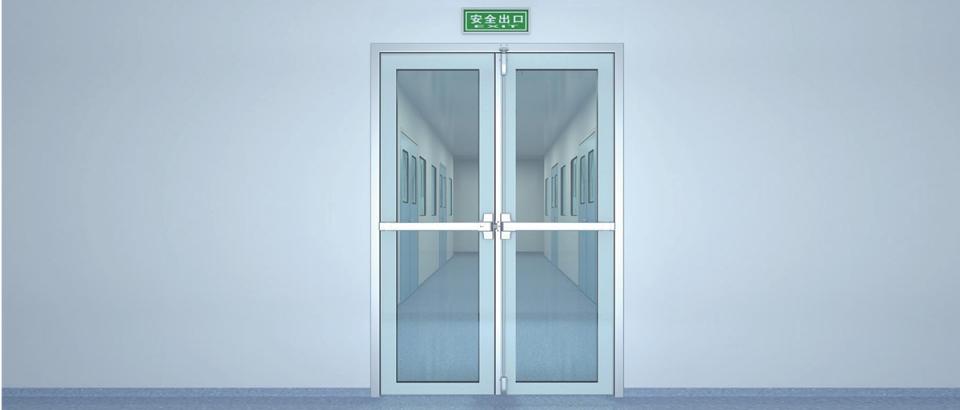
Sliding doors
Sliding cleanroom doors are designed to save space and maintain a controlled environment. They are ideal for cleanrooms with limited floor space or where swing doors might disrupt airflow. Considerations include smooth operation, sealing effectiveness, and space availability.
Roll-up doors
Roll-up cleanroom doors feature vertically retractable panels that roll into a compact coil. They are efficient for maintaining controlled environments while allowing quick access. Factors to consider include speed of operation, sealing capabilities, and durability.
Hermetic doors
Hermetic cleanroom doors create a complete seal when closed, preventing any air exchange between the cleanroom and the external environment. They are crucial for high-containment cleanrooms and where absolute isolation is required. Selection factors include sealing effectiveness, maintenance, and compliance with regulations.
Airlock doors
Airlock doors are used in cleanrooms to create a buffer zone between different cleanliness zones. They prevent simultaneous access to both areas, reducing the risk of contamination. Considerations include interlocking systems, pressure differentials, and material compatibility.
Selection factors and considerations for each type
When choosing a cleanroom door type, factors such as cleanliness requirements, available space, traffic patterns, and compliance with industry standards must be carefully considered. Each type has its unique advantages and limitations, making the selection process critical to meet specific cleanroom needs.
Types of Cleanroom Windows
Flush-mounted windows
Flush-mounted windows are installed to be level with the cleanroom wall, creating a smooth and continuous surface. They are easy to clean and maintain, minimizing the risk of particle accumulation on the window's surface.
Framed windows
Framed windows have a surrounding frame that holds the window in place. These frames provide additional support and can be customized to match the cleanroom's aesthetics. Considerations include frame material, ease of cleaning, and compatibility with the wall structure.
Double-glazed windows
Double-glazed cleanroom windows consist of two glass layers with a sealed gap in between. They offer enhanced insulation and noise reduction while maintaining cleanliness. Factors to consider include the gap's effectiveness, thermal performance, and suitability for specific cleanroom applications.
Viewing windows
Viewing windows are designed for observation without compromising the cleanroom's integrity. They are commonly used in pharmaceutical and research cleanrooms. Considerations include size, visibility, and the need for special coatings like anti-reflective or infrared.
Material choices for windows
Tempered glass is a popular choice for cleanroom windows due to its safety features. When shattered, it breaks into small, less harmful pieces. Factors to consider include glass thickness, clarity, and any additional coatings or laminates required for specific cleanroom requirements.
Selection factors and considerations for each type
When selecting cleanroom windows, factors such as cleanliness requirements, visibility needs, thermal performance, and safety considerations should be taken into account. Each type has its advantages and considerations, allowing for customization to meet the specific requirements of cleanroom applications.
Sealing and Gasketing
Importance of effective sealing
Effective sealing is paramount in cleanrooms to maintain the desired cleanliness levels. Properly sealed cleanroom doors and windows prevent the infiltration of contaminants, maintain controlled airflow patterns, and ensure the integrity of the cleanroom environment. Inadequate sealing can compromise the cleanroom's functionality and jeopardize sensitive processes.
Types of gaskets and seals
Cleanroom doors and windows use various types of gaskets and seals to achieve airtight closures. Common seal types include:
- Compression seals: Compressible materials create an airtight seal when the door or window is closed.
- Magnetic seals: Magnetic strips create a strong seal and are often used in conjunction with compression seals.
- Brush seals: Fine bristles create a barrier against particles and maintain a seal while allowing ease of movement.
- Inflatable seals: Inflatable gaskets provide a tight seal when pressurized with air or gas.
Installation techniques for proper sealing
Proper installation techniques are essential to ensure effective sealing. This includes:
- Precise alignment of doors and windows to their frames.
- Correct installation of gaskets or seals according to manufacturer guidelines.
- Regular inspection and maintenance to replace worn or damaged seals.
- Monitoring and adjustment of sealing mechanisms to accommodate changes in environmental conditions.
- Effective sealing, along with appropriate gaskets and seals, contributes significantly to the performance and integrity of cleanroom doors and windows.
CONCLUSION
In summary, E-ZONG Doors & Windows for Cleanrooms Solutions is a dependable partner in the creation and upkeep of controlled environments across diverse industries. Leveraging over 26 years of expertise, we offer an extensive range of cleanroom doors and windows, encompassing materials like steel, HPL, glass, and more to suit various applications.
Our unwavering commitment to effective sealing, meticulous airflow control, and adherence to industry standards ensures that our products consistently meet the rigorous demands of cleanrooms and critical healthcare spaces. We specialize in tailoring solutions for entryways, emergency rooms, operating theaters, and other crucial areas. At E-ZONG, our top priorities are cleanliness, safety, and functionality, reflected in our products that contribute to upholding the integrity of controlled environments. With our wealth of experience and unwavering dedication, we are your trusted ally for cleanroom door and window solutions, providing peace of mind in maintaining the highest standards of cleanliness and precision in your critical operations.
-
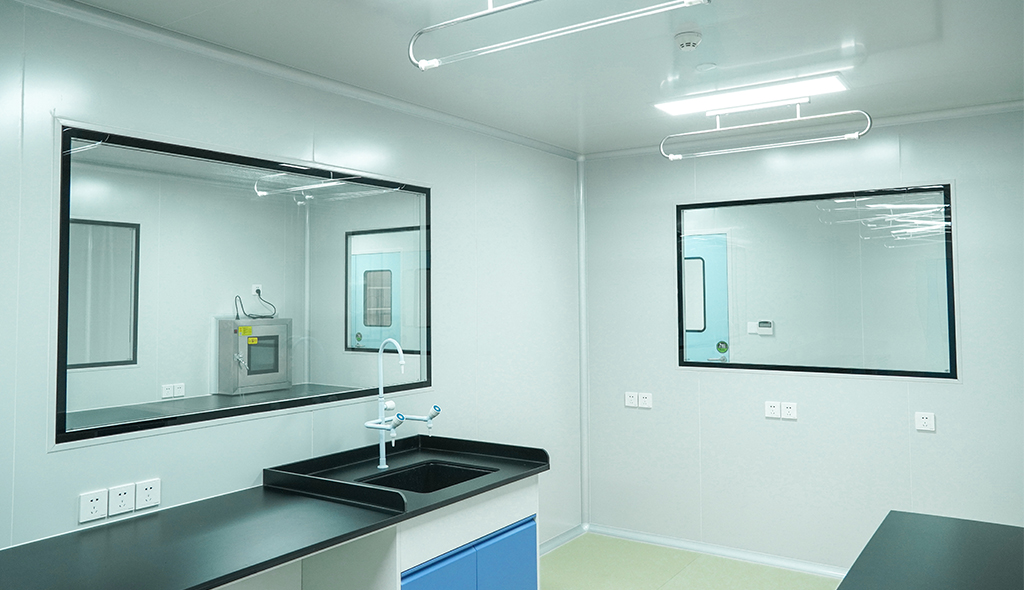 Cleanroom Glass Windows Are The Key to Maintaining a Clean Environment
Cleanroom Glass Windows Are The Key to Maintaining a Clean Environment -
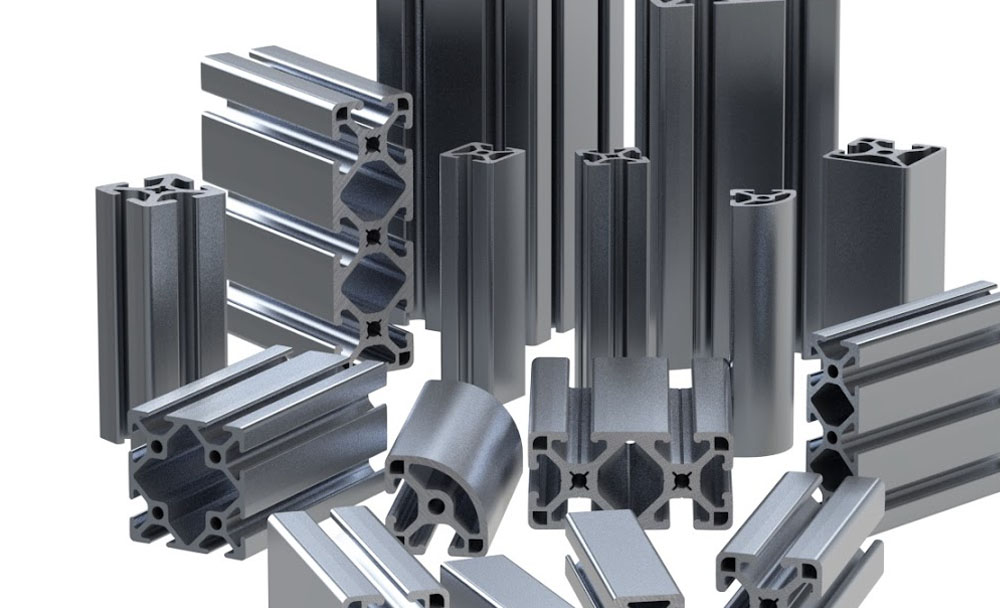 Top Aluminium Profile Manufacturers in China: Leading the Global Market
Top Aluminium Profile Manufacturers in China: Leading the Global Market -
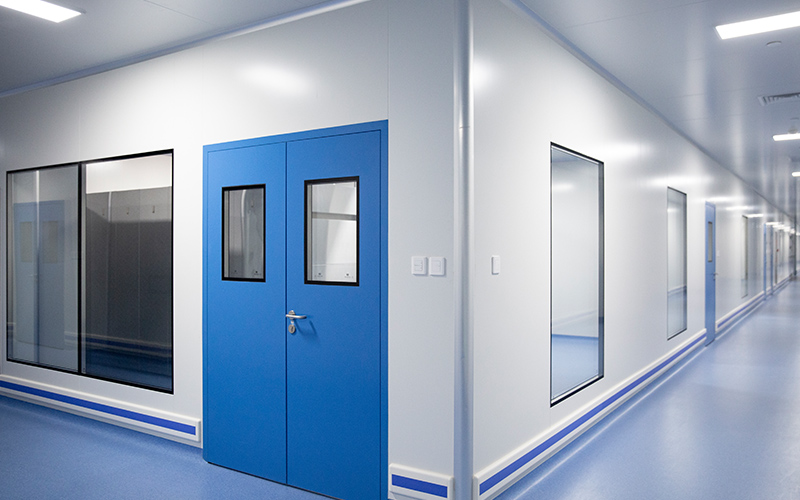 The Evolution of Air Tight Sliding Doors
The Evolution of Air Tight Sliding Doors -
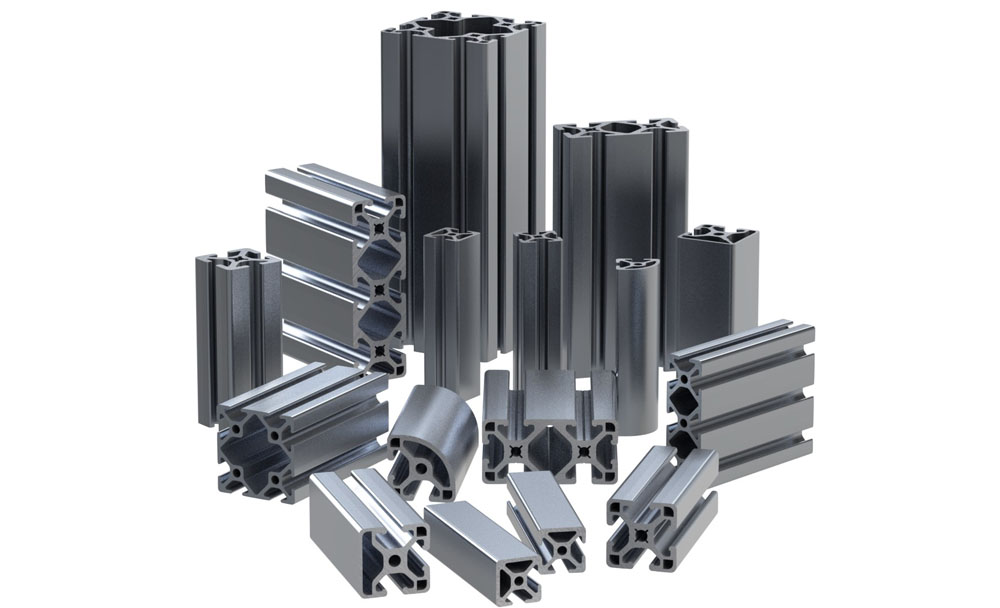 AHU Aluminium Profile: A Comprehensive Guide
AHU Aluminium Profile: A Comprehensive Guide -
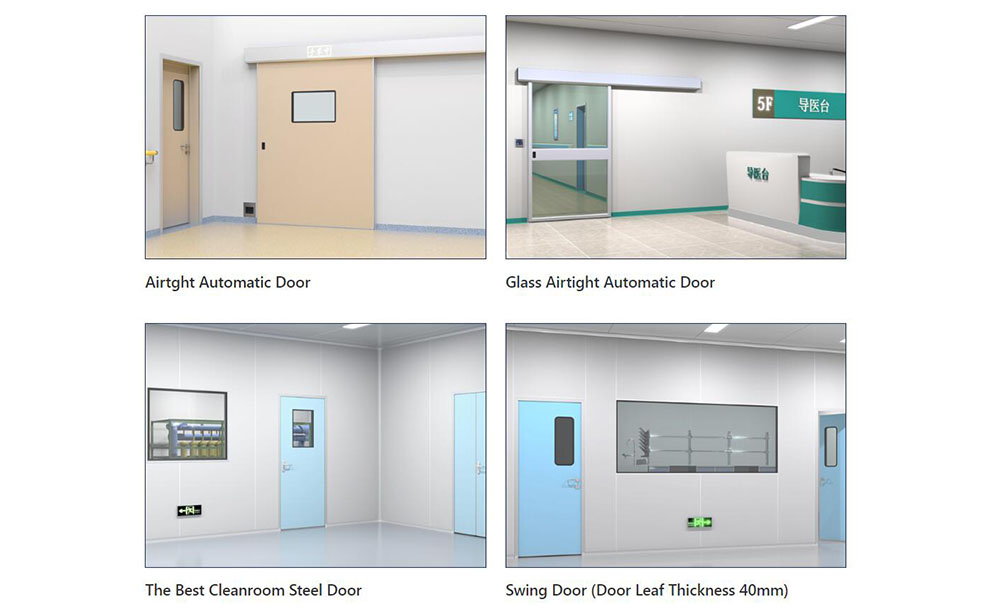 The Importance of Choosing the Right Cleanroom Door in Vietnam
The Importance of Choosing the Right Cleanroom Door in Vietnam -
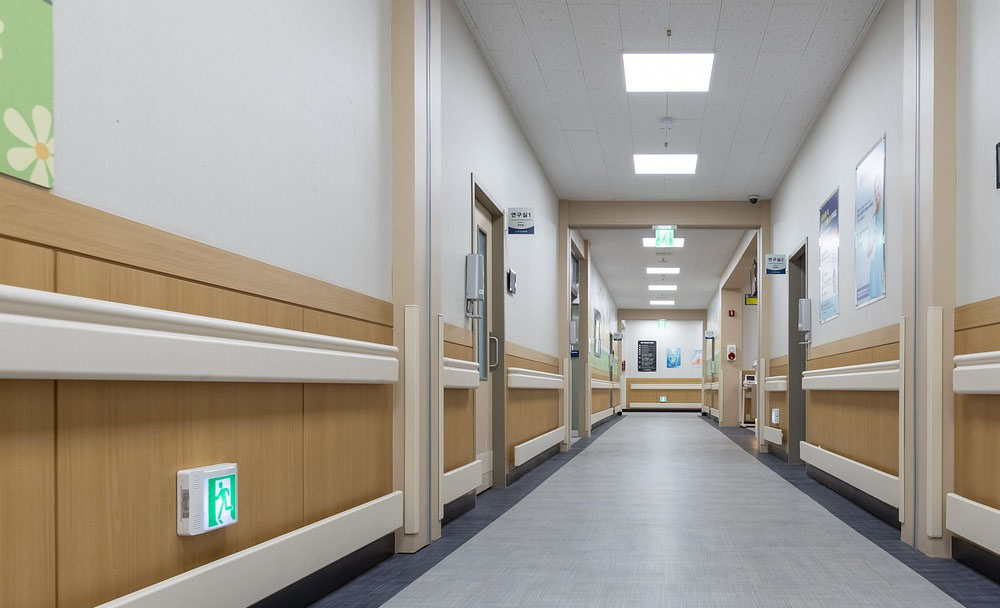 The Benefits of Hospital Automatic Doors: Enhancing Efficiency and Safety
The Benefits of Hospital Automatic Doors: Enhancing Efficiency and Safety -
.jpg) The Best Bathroom Door Manufacturers - Unlocking Endless Possibilities!
The Best Bathroom Door Manufacturers - Unlocking Endless Possibilities! -
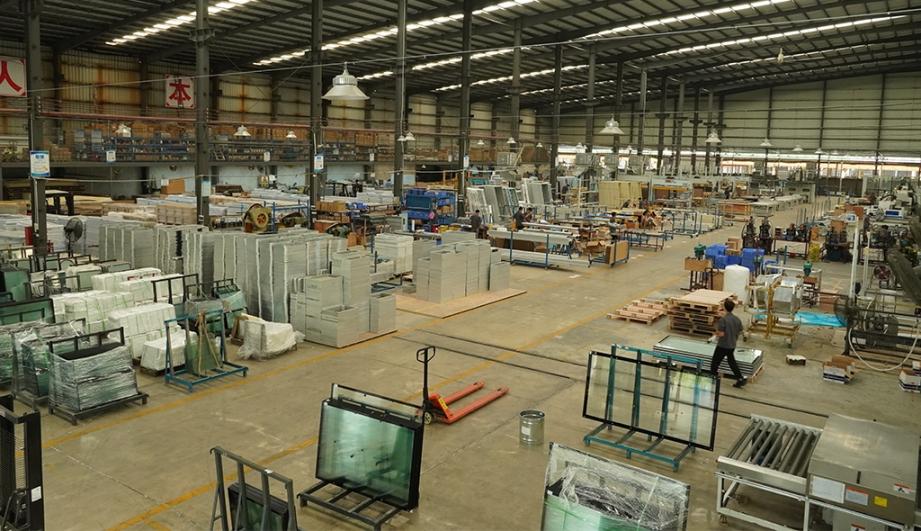 Unlock the Possibilities with AJ Manufacturing Doors
Unlock the Possibilities with AJ Manufacturing Doors -
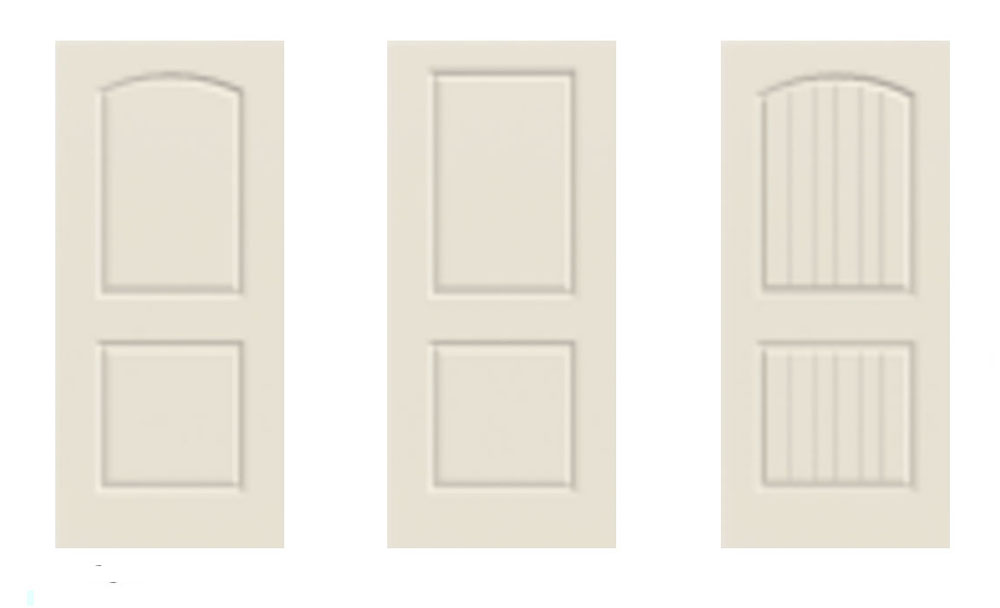 Make a Statement with Manufactured Home Interior Doors!
Make a Statement with Manufactured Home Interior Doors! -
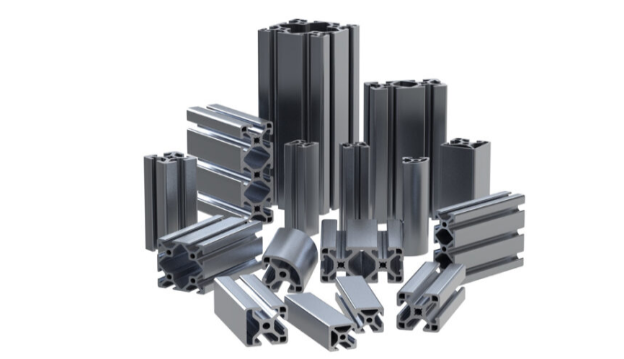 what is aluminum profile? Aluminum Profiles for Your Home is the best option
what is aluminum profile? Aluminum Profiles for Your Home is the best option
-
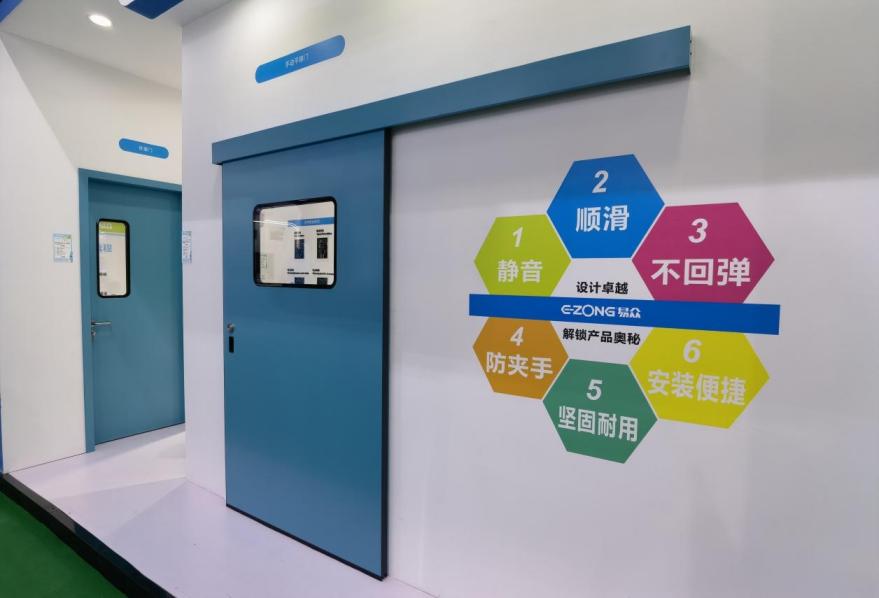 Guide to Doors Clean Room: Ensuring Contamination Control
Guide to Doors Clean Room: Ensuring Contamination Control -
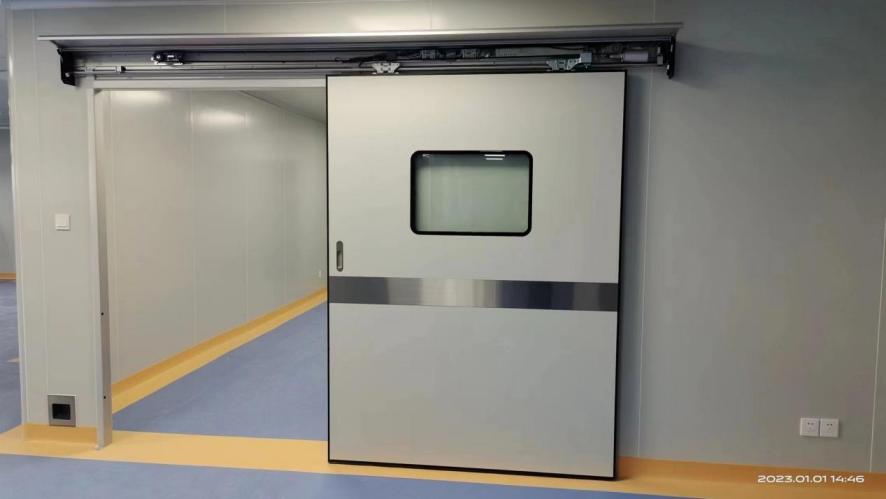 Introducing Guangdong Clean Room Aluminum Company: E-ZONG
Introducing Guangdong Clean Room Aluminum Company: E-ZONG -
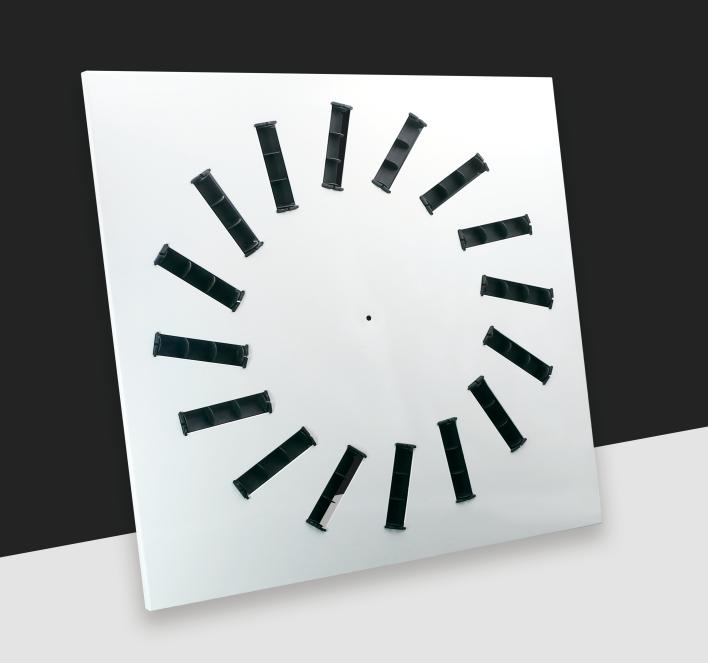 Cost-Effectiveness of Bulk Purchasing Air Diffuser
Cost-Effectiveness of Bulk Purchasing Air Diffuser -
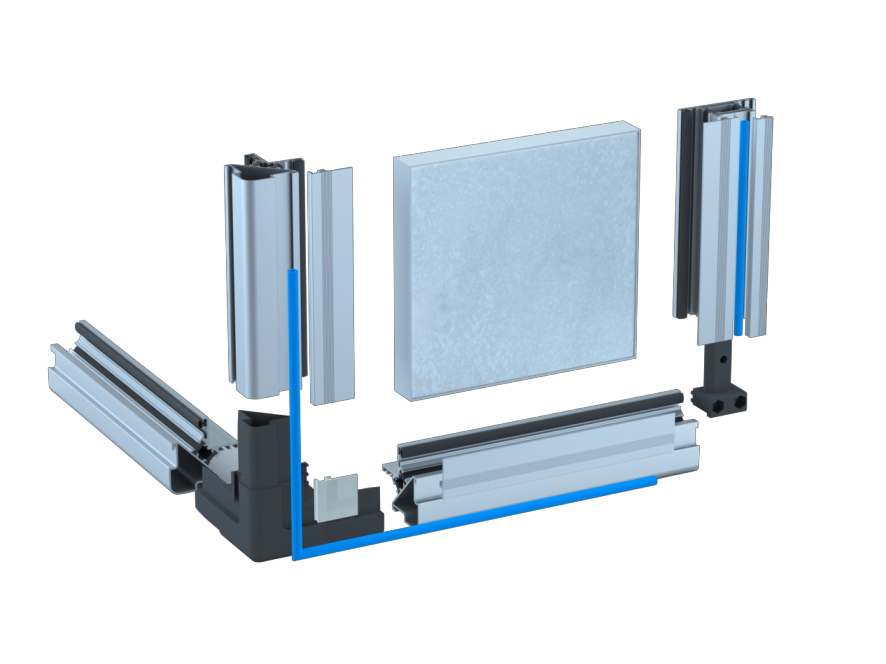 Makeup Air Handling Unit: Here to Know
Makeup Air Handling Unit: Here to Know -
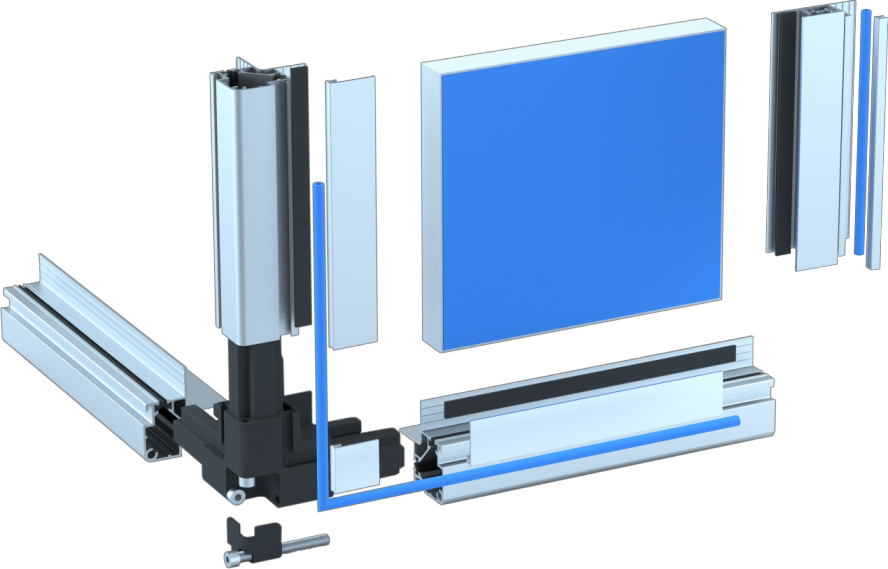 Customizing HVAC Systems Parts for Building Specific Needs
Customizing HVAC Systems Parts for Building Specific Needs -
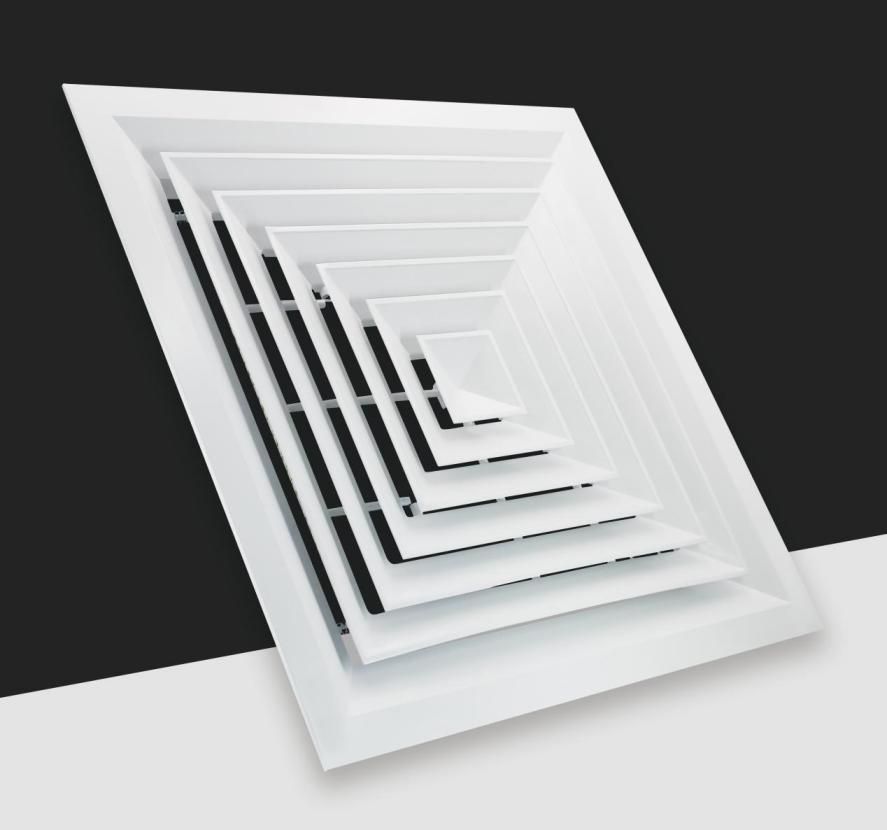 How Return Air Diffuser Enhances HVAC Efficiency for Your Projects
How Return Air Diffuser Enhances HVAC Efficiency for Your Projects -
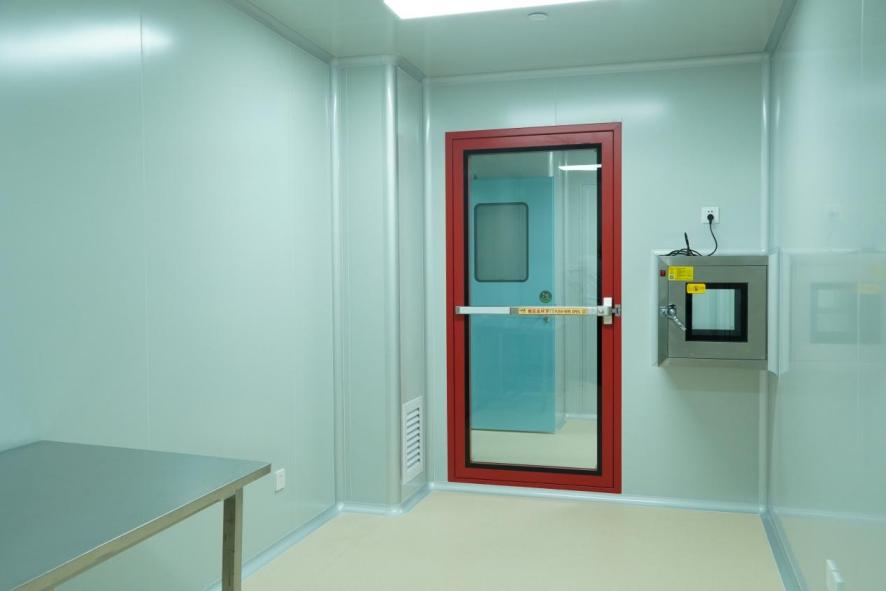 Exploring the Versatility of Swing Glass Door
Exploring the Versatility of Swing Glass Door -
 Choosing Quality: Why Linear Diffuser Grille is Essential in Modern Design
Choosing Quality: Why Linear Diffuser Grille is Essential in Modern Design -
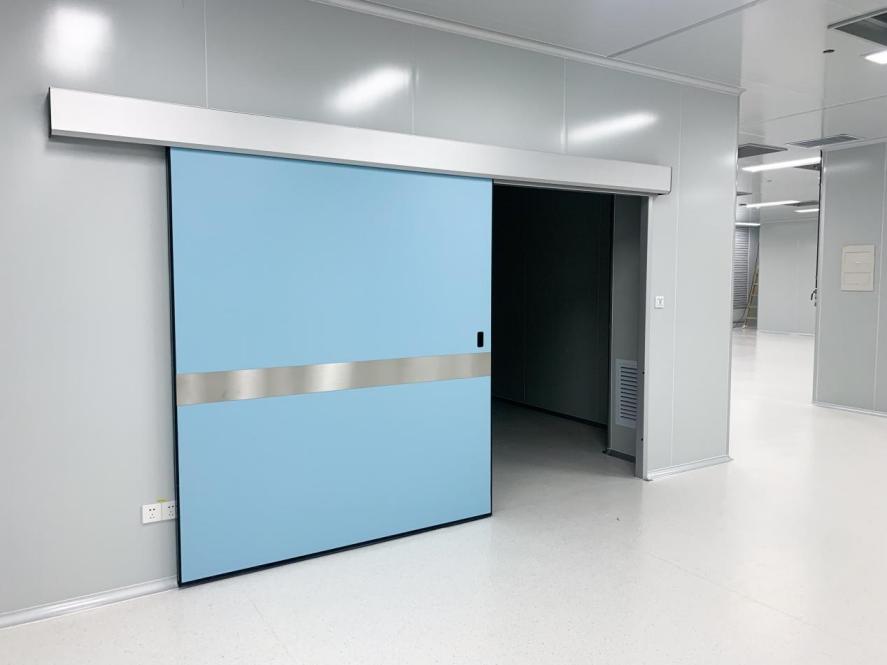 Introduction to Clean Room High Speed Doors: Let’s Dive into
Introduction to Clean Room High Speed Doors: Let’s Dive into -
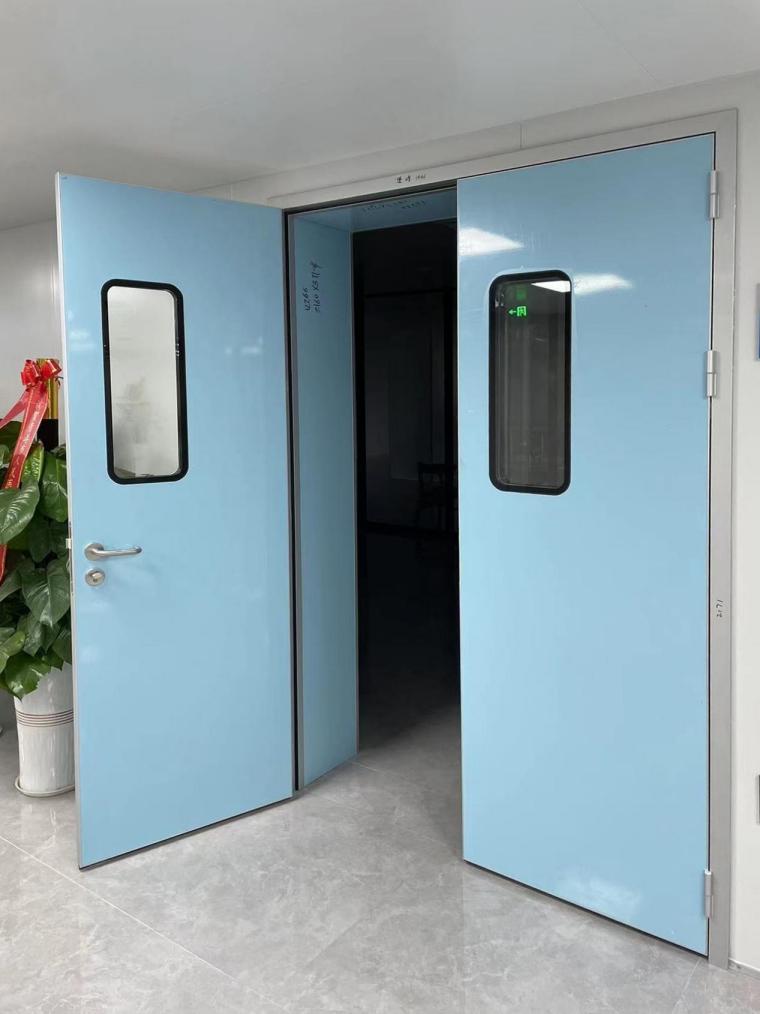 High-Quality Clean Room Double Door for Medical and Health
High-Quality Clean Room Double Door for Medical and Health

Guangzhou Yizhong Aluminum Industry Co., Ltd.
We are always providing our customers with reliable products and considerate services.
We are always providing our customers with reliable products and considerate services.
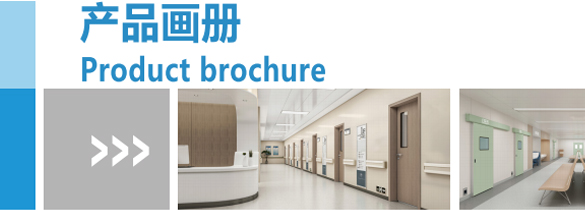
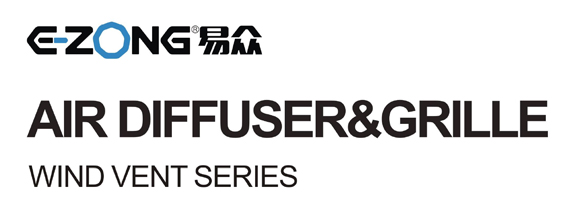

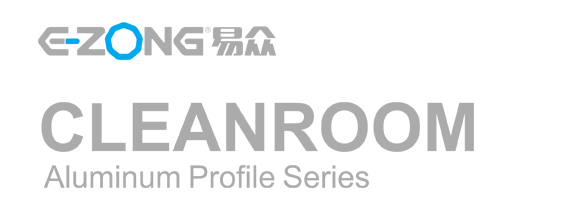
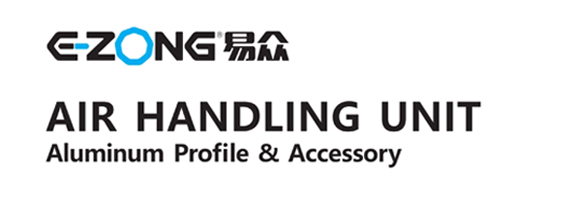






Speak Your Mind